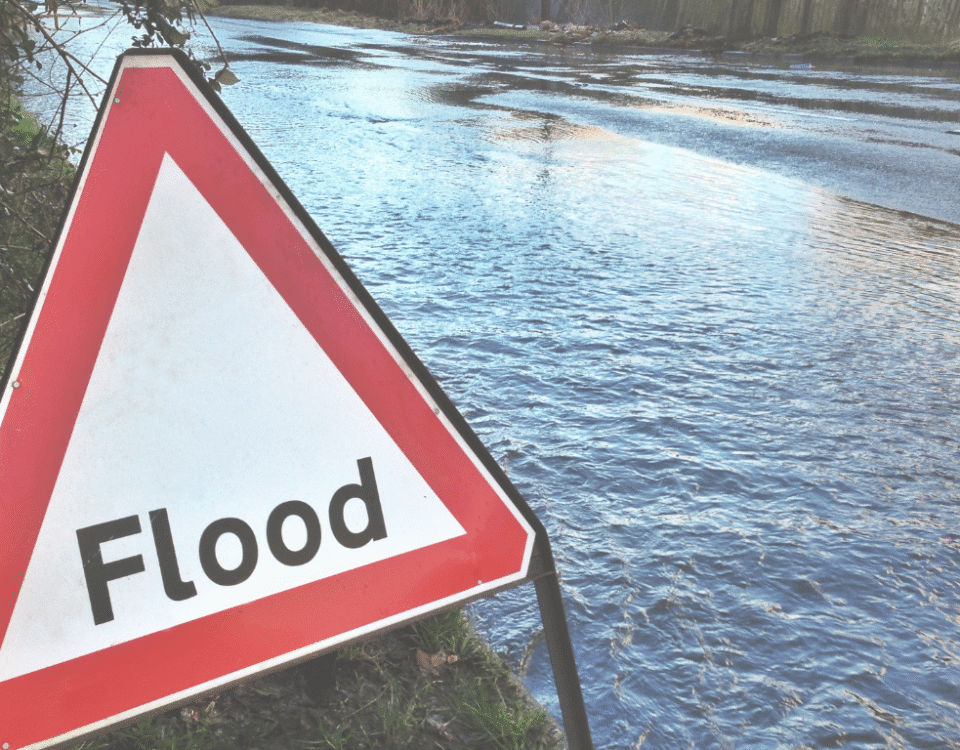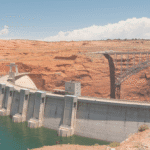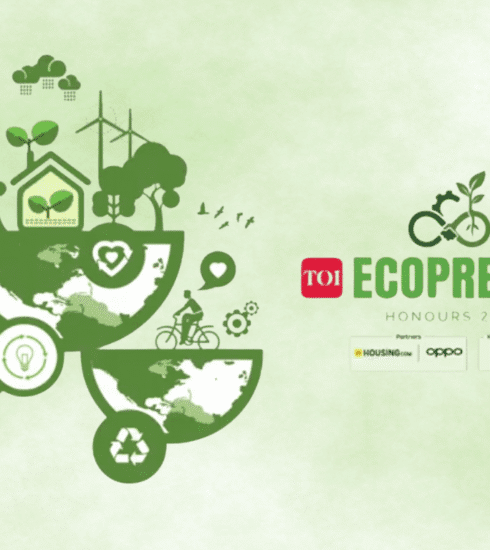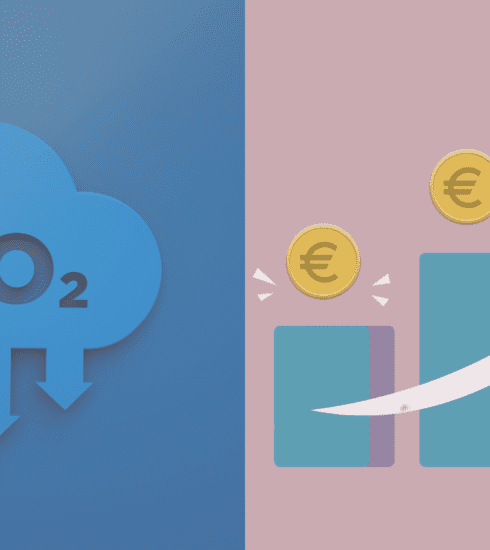The Truth About Floods in India: Are SDGs Still Waiting?
Romanticize monsoons all you want — until your street turns into Venice and you’re texting, “Can’t come in, the road floated away.” One moment it’s chai and poetry, the next it’s Squid Game on loose bricks, stalling autos, and invisible footpaths. Lately, when skies open up, climate change barges in with a flood warning. Heavier rains, flash floods, and waterlogged cities are now routine. That’s where SDGs 11 and 13 come in — pushing for smarter, greener, stronger cities. But if the same cities and roads flood every year, where’s the follow-through? Let’s talk about why India’s local action still trails behind global promises.
Not Just Rain—It’s a Full-On Flood Feature
We’ve all noticed it—rains that feel heavier than before, puddles that don’t drain as quickly, and a monsoon that sometimes overstays its welcome. It’s not just the weather acting up—it’s a mix of climate change, city chaos, and shrinking green spaces.
Climate Change Turning Drizzles Into Downpours

Rising global temperatures are making the air warmer—and with every 1°C increase, the atmosphere can hold about 7% more water. That means gentle showers are now turning into sudden cloudbursts. Meanwhile, oceans are rising—slowly but surely—swallowing shorelines and sending water where it doesn’t belong. Glaciers are melting, storm systems are shifting, and the weather we once relied on is no longer predictable.
This is where SDG 13 steps in – it’s all about preparing for climate disruption and protecting the planet from getting too hot or too stormy. It starts with simple choices—like planting trees, reducing emissions, and switching to renewable energy—and leads to bigger, lasting change for a climate-safe future.
Floods Follow Poor Planning
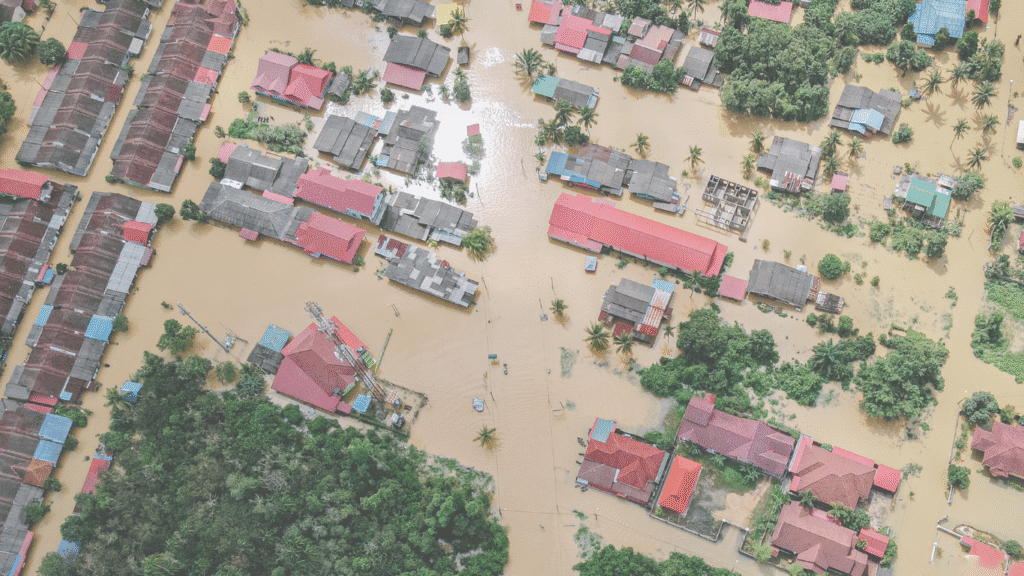
But it’s not just climate change behind the floods, but the way we’ve shaped our environments adds to the problem. Across towns and villages, the natural ground is paved over, drains are clogged, and wetlands that once absorbed excess rainwater are replaced by concrete. Add to that unchecked land reclamation, deforestation, and poor waste management – and you get water pooling in all the wrong places.
A glaring example was the 2005 Mumbai flood: over 900 mm of rain in a single day overwhelmed century-old drains, clogged by plastic waste, rampant land-use changes, and encroachment along the Mithi River.
The event shined a light on why focusing on SDG 11 is important—a goal focused on making our spaces safe, inclusive, and climate-resilient; it calls for smarter planning in both cities and towns, where ecosystems are protected, drains function properly, and green spaces are part of the design. SDG 11 urges us to work with nature—because when we plan for the planet, we’re also protecting ourselves.
Monsoon Floods: A Sobering Truth
According to the National Disaster Management Authority, over 40 million hectares of India’s total 329 million hectares are flood-prone. That’s more than 12% of our land vulnerable to seasonal flooding every year.
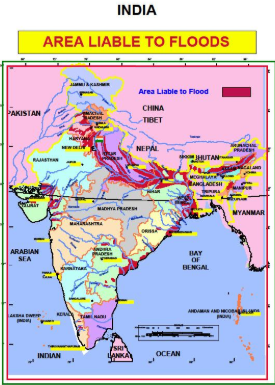
It’s only July, and yet several major cities and numerous small towns across India are already grappling with serious flooding. From Assam’s Guwahati and Silchar to Surat and Ahmedabad in Gujarat — the monsoon has made its presence known. Here’s a look at how different Indian states are responding to the rising waters.
Assam
Assam’s floods have left homes underwater, roads broken, and over 5.6 lakh people displaced, with relief camps offering little more than survival. But with ₹4,636 crore now allocated for green, climate-resilient initiatives under SDG 11 and 13, there’s genuine hope for rebuilding safer, stronger, and better equipped for the future.
Gujarat
You’d think a desert state like Gujarat wouldn’t flood—but this monsoon, over 60 roads are closed due to waterlogging, rivers are rising, and evacuations are underway in several cities. But, the Ahmedabad Municipal Corporation is installing 150 rain sensors across wards to monitor rainfall in real time and strengthen early flood warnings.
Karnataka
Karnataka is facing intense monsoon flooding this year, with rainfall crossing 200 mm in several areas, leading to landslides, dam overflows, and widespread disruption. Meanwhile, a ₹3,700 crore World Bank-funded project to revive 183 lakes in Bengaluru is underway—offering long-term hope for flood resilience and progress on SDGs 11 and 13.
Maharashtra
Rains have been pounding parts of Maharashtra, and in Nagpur alone, storm damage to power systems due to fallen poles and snapped power lines has already cost over ₹9 crore. But instead of just repairing the mess, city planners are now looking at smarter, future-ready upgrades in line with SDGs 11 and 13.
Not Just Floods — It’s a Planning Crisis
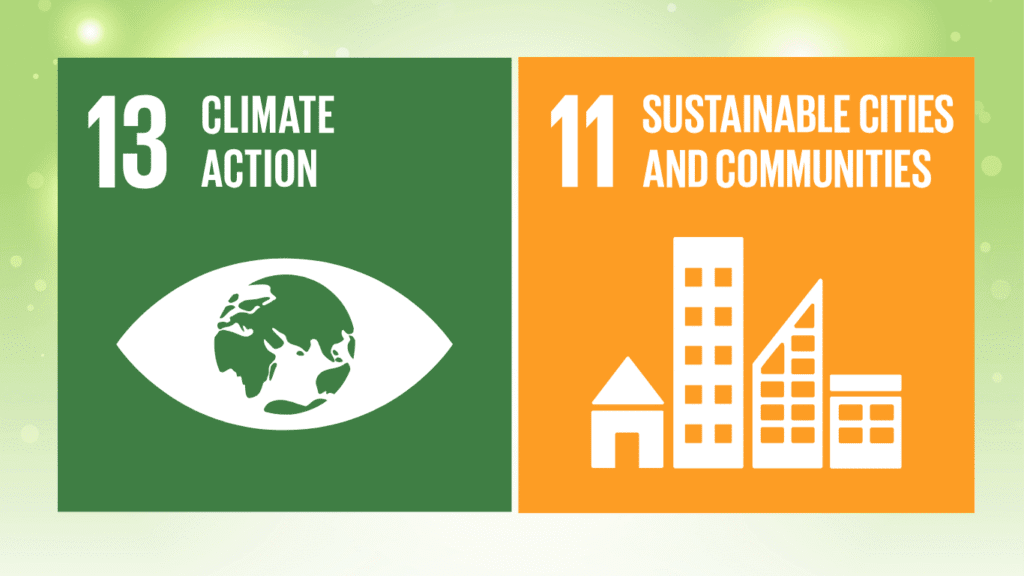
In India, rains don’t sneak in — they arrive like a boss. Floods don’t just block roads; they disrupt entire lives. Kids miss school, families move to packed shelters, animals lose food and shelter, and crops get wiped out, hitting farmers hard. Cities, towns, and villages all need more than policies or promises — we need real, on-ground disaster prep that works for everyone.
To reduce flood risks:
- Builders should use sustainable construction materials like bamboo, moss cement, and cork, and design with green roofs, raised foundations, and proper drainage.
- Businesses should fund tree-planting, support rainwater harvesting, and invest in local climate resilience. Aligning real actions with SDG goals makes their impact count beyond reports.
- Governments should enforce climate-smart planning, protect green spaces, upgrade drainage, and ensure strict building codes. Most importantly, they must turn SDG commitments into real, on-ground action.
You have power. When floods hit, don’t just watch—ask tough questions, demand real prep over quick fixes, and support local efforts that build lasting change.
Are you ready to shift from flood management to true flood preparedness? Then follow Green Pistachio—where real stories meet smart solutions and everyday actions that actually make a difference.

